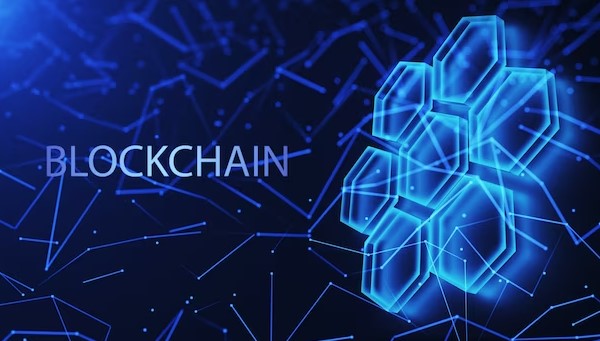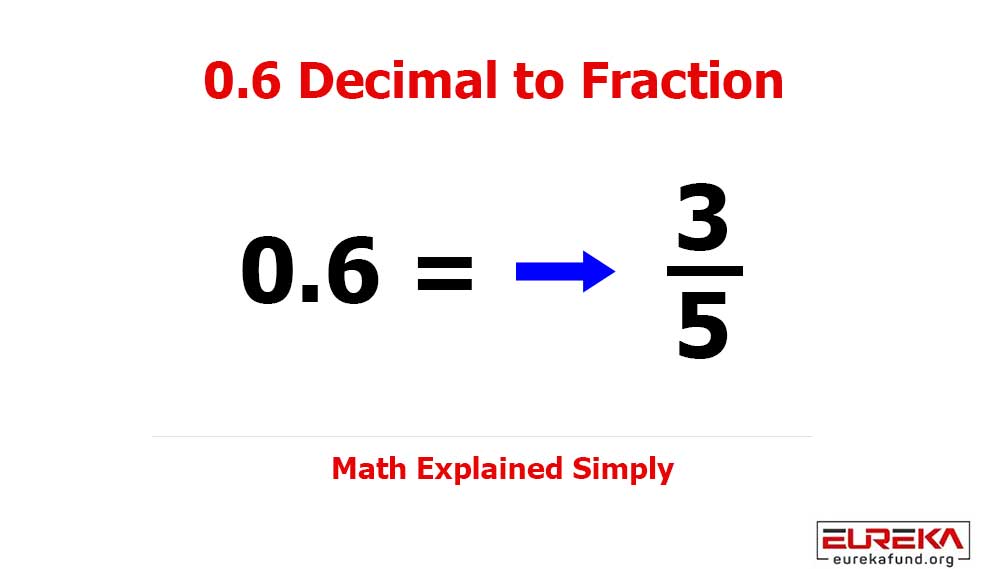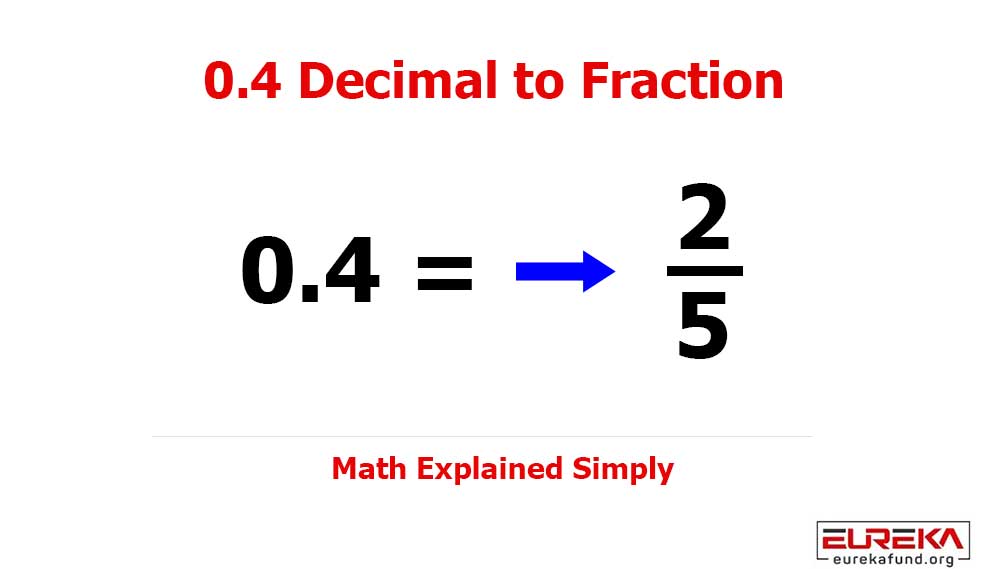Blockchain technology, or distributed ledger technology (DLT), is the product of decades of research and development in cryptography and cybersecurity. Initially made popular by its association with cryptocurrency, blockchain is the technology behind the Bitcoin network’s record-keeping. The blockchain’s encryption, decentralization, and immutability make it an innovative solution for data breaches in high-security environments.
With IT Asset Disposition (ITAD) becoming increasingly important, blockchain technology could be the answer to preventing data breaches. Companies store enormous amounts of sensitive information, including personally identifiable information (PII), such as usernames, passwords, payment details, and social security numbers. While this data is almost always encrypted, it is never as secure as it would be in a blockchain.
Blockchain technology employs two different types of cryptographic algorithms to secure stored data: hash functions and asymmetric-key algorithms.
- Hash functions give each transaction a unique hash value, which is then encoded into a Merkle tree to create a block. Each block gets a unique hash with the hash of the previous block’s header and timestamp encoded. This creates an immutable link between the two blocks, binding them together.
- Asymmetric encryption encrypts plain text using two keys: a private key, which only the user knows, and a public key that can be transferred over unsecured channels. Blockchain gives individual consumers the ability to manage their own data and specify with whom to share it over cryptographically encoded networks.
A primary reason for the increase in data breaches is over-reliance on centralized servers. Once consumers and app users enter their personal data, it is directly written into the company’s database, and the user does not get much say in what happens to it afterward. Blockchains are decentralized, immutable records of data, which eliminates the need for one trusted, centralized authority to verify data integrity. Instead, it allows users to share data in a trustless environment. Each member has access to their own data, a system known as zero-knowledge storage, making the network less likely to fall victim to hackers.

In addition to being decentralized, blockchains are also designed to be immutable, which increases data integrity. The blockchains’ immutability makes all the data stored therein almost impossible to alter. Any corruption that occurs in a member’s ledger will automatically be rejected by the rest of the network members. Therefore, any alteration or change in the block data will lead to inconsistency and break the blockchain, rendering it invalid.
In conclusion, blockchain technology has untapped potential in the field of cybersecurity, especially when it comes to preventing data breaches. The top-notch cryptography employed by blockchain protocols guarantees the safety of all data stored in the ledger, making it a promising solution. Since nodes running the blockchain must always verify any transaction’s validity before it’s executed, cybercriminals are almost guaranteed to be stopped in their tracks before they gain access to any private data. As ITAD continues to grow in importance, incorporating blockchain technology into data management strategies could be a game-changer for ensuring data security.




